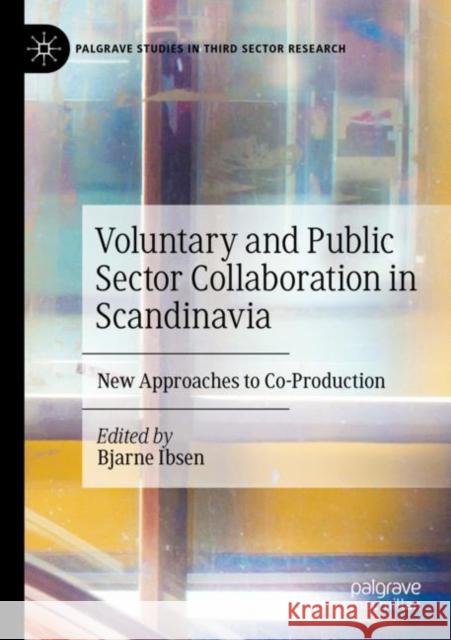Voluntary and Public Sector Collaboration in Scandinavia: New Approaches to Co-Production » książka
topmenu
Voluntary and Public Sector Collaboration in Scandinavia: New Approaches to Co-Production
ISBN-13: 9783030723170 / Angielski / Miękka / 2022
Voluntary and Public Sector Collaboration in Scandinavia: New Approaches to Co-Production
ISBN-13: 9783030723170 / Angielski / Miękka / 2022
cena 564,88
(netto: 537,98 VAT: 5%)
Najniższa cena z 30 dni: 539,74
(netto: 537,98 VAT: 5%)
Najniższa cena z 30 dni: 539,74
Termin realizacji zamówienia:
ok. 22 dni roboczych
Bez gwarancji dostawy przed świętami
ok. 22 dni roboczych
Bez gwarancji dostawy przed świętami
Darmowa dostawa!
In thirteen chapters, the contributors to this volume analyse the different dimensions of a new form of collaboration, termed collective co-production, in the Scandinavian countries. It is a characteristic of the Scandinavian countries – Sweden, Norway and Denmark - that they have both a large public and voluntary sector. For decades, the dominant type of collaboration between the two sectors has consisted of the public sector providing financial support to organisations in the voluntary sector, while the activities are undertaken by the organisation itself. In recent times, however, a new discourse has emerged, with a strong political focus on developing closer collaboration between the two sectors. The book analyses collective co-production between the voluntary and public sectors, and identifies what distinguishes this form of collaboration from others. It looks at the scope of collective co-production, how and why it differs between welfare areas, as well as the political vision for co-production and the extent to which it lives up to those expectations. This discourse promotes a type of collaboration wherein organisations, associations and volunteers can participate in the implementation of tasks for which public institutions are responsible. The book is a valuable resource for professionals in voluntary organizations and public welfare units working with co-production and for researchers and students in the fields of civil society, voluntary sector and welfare policy.











